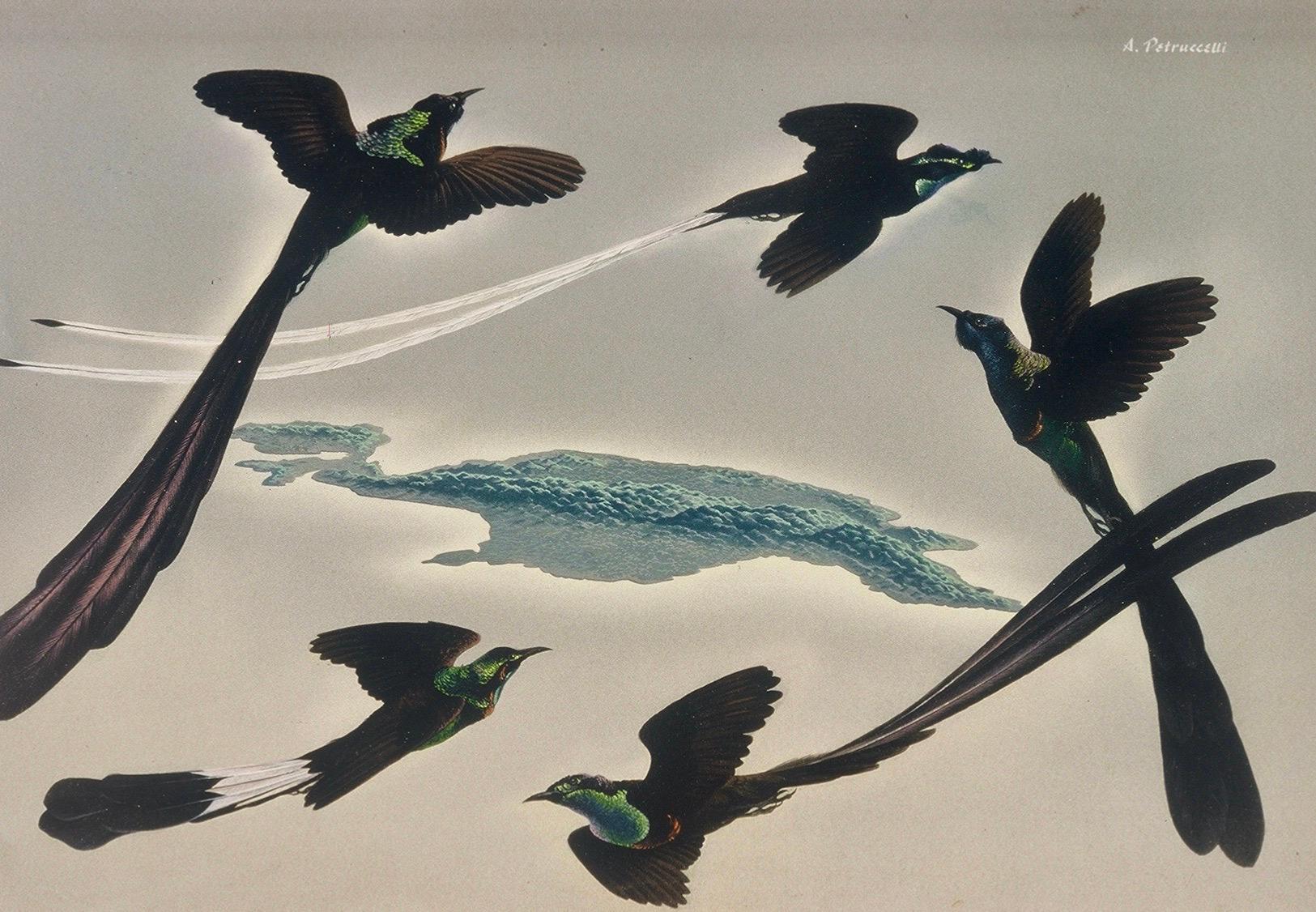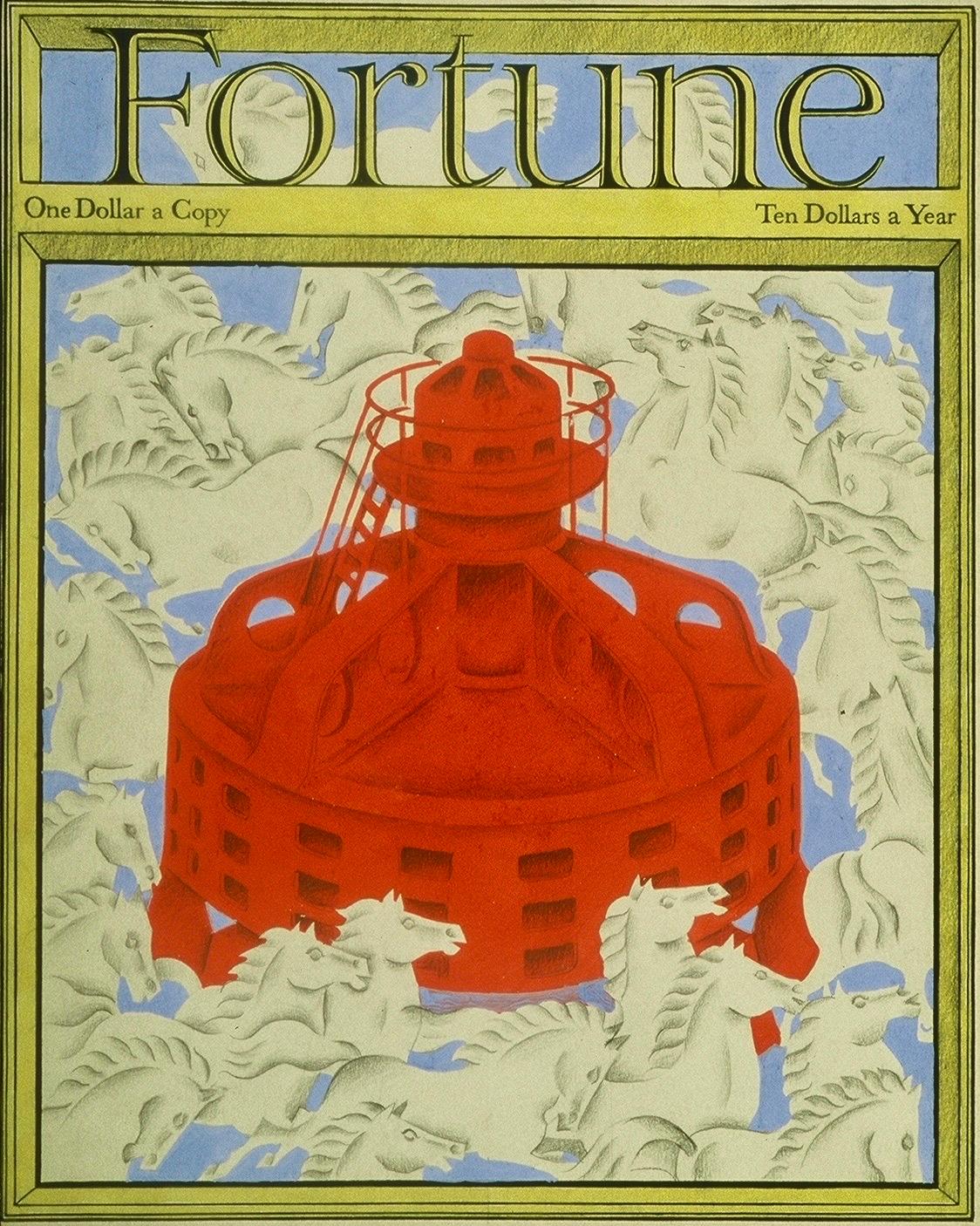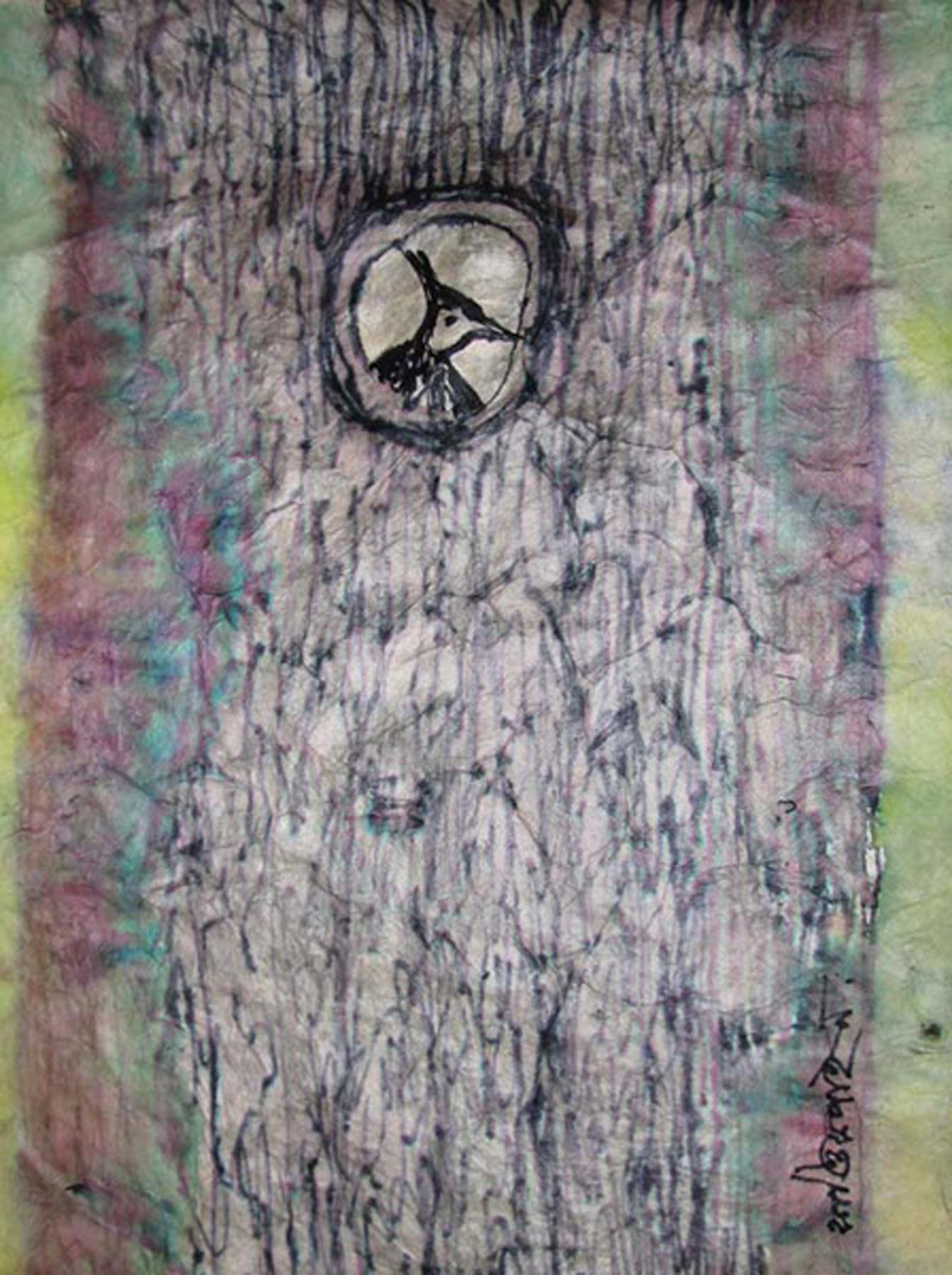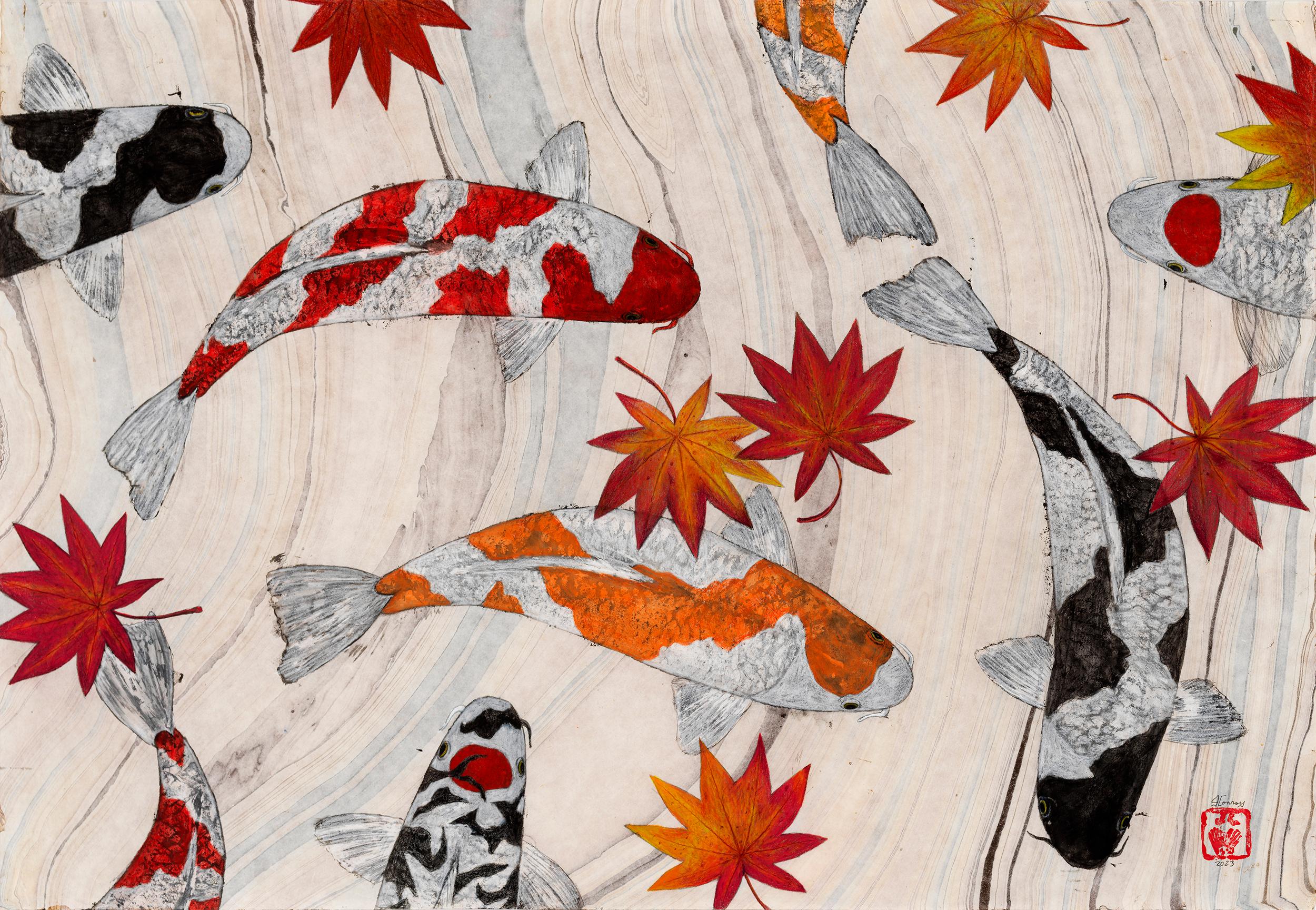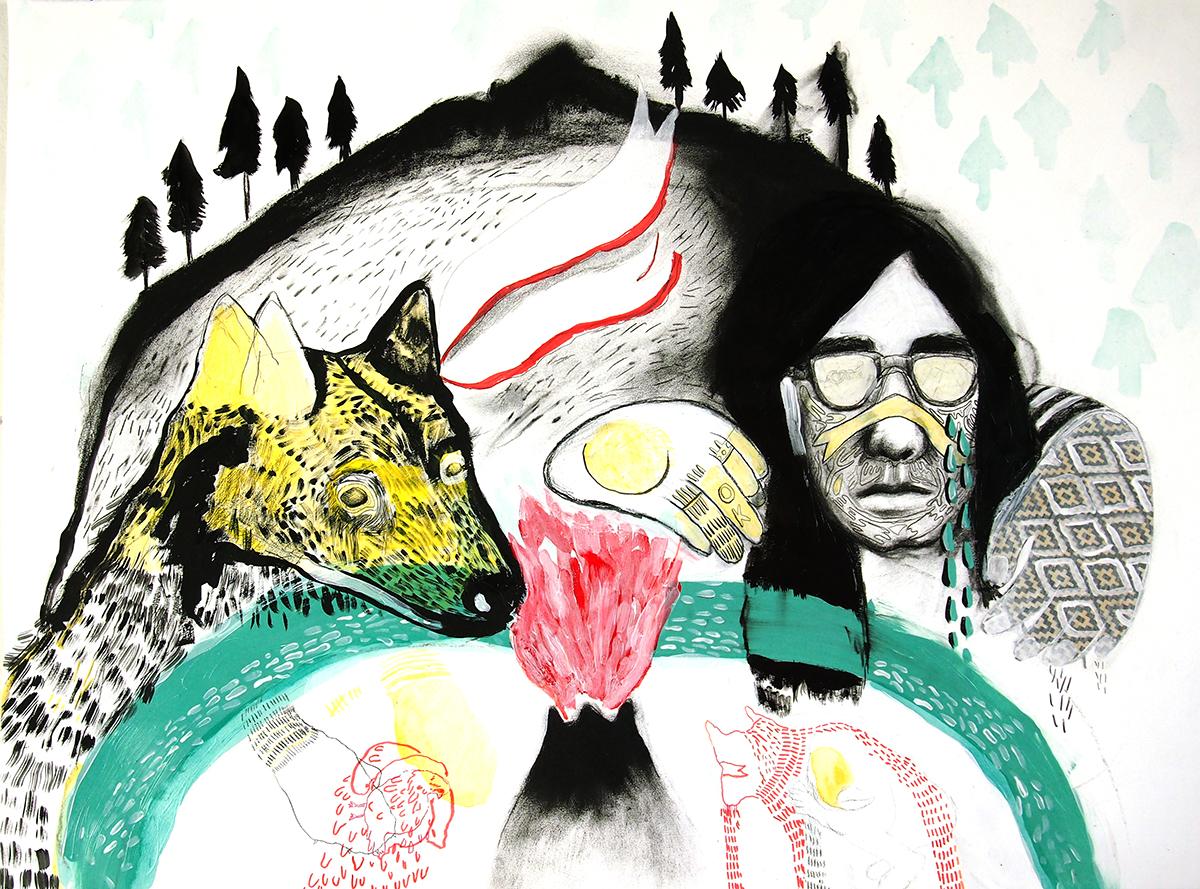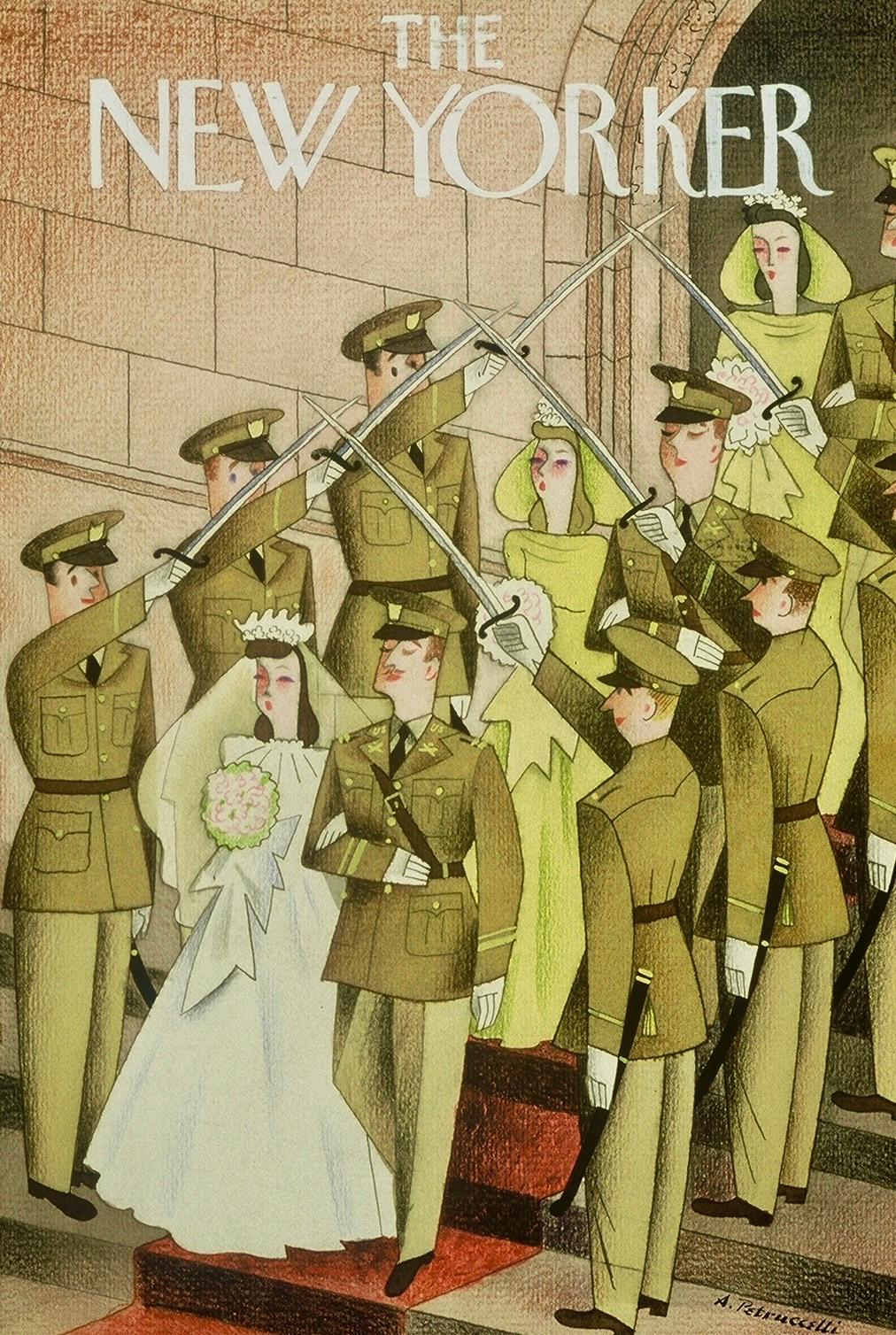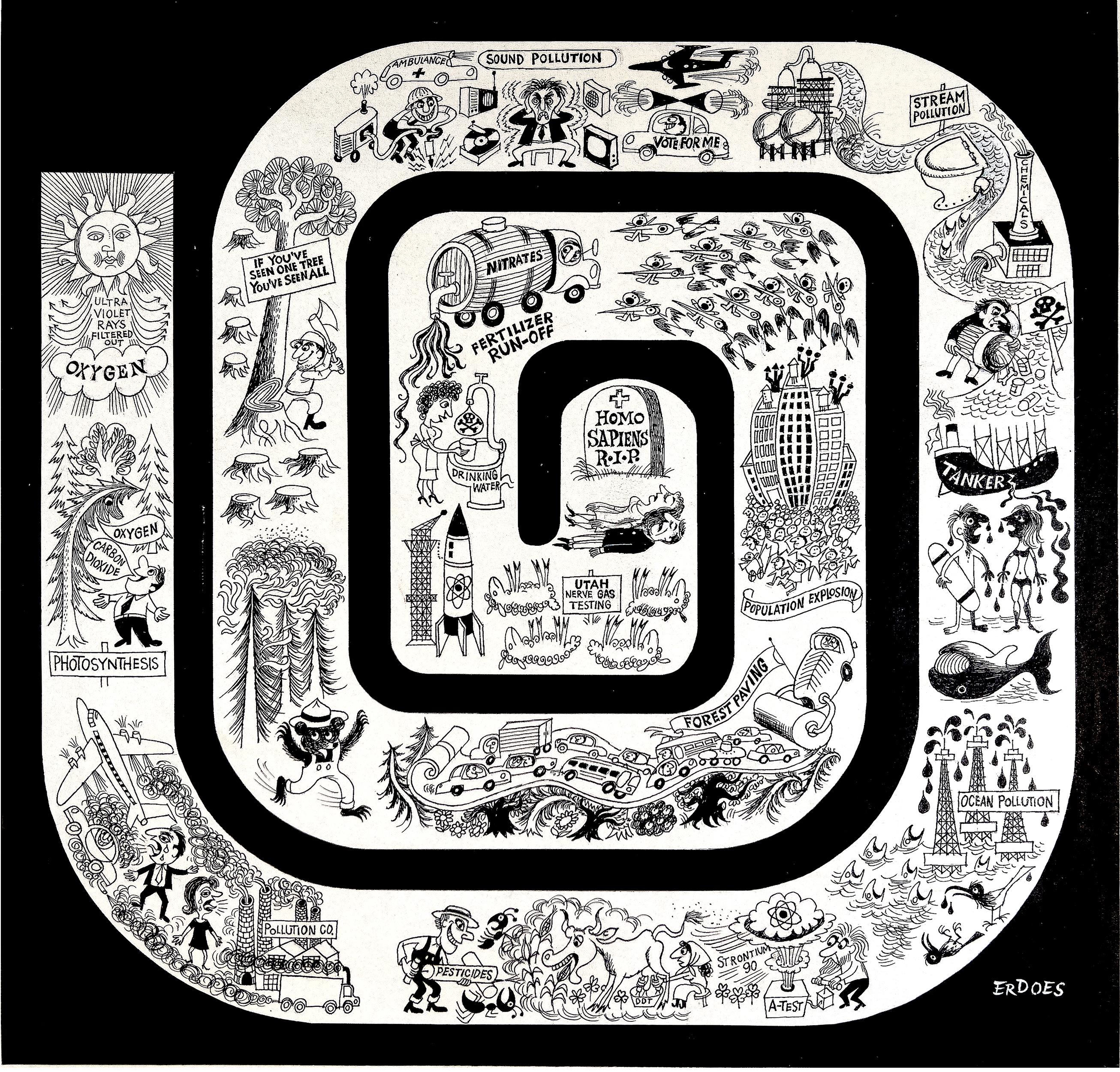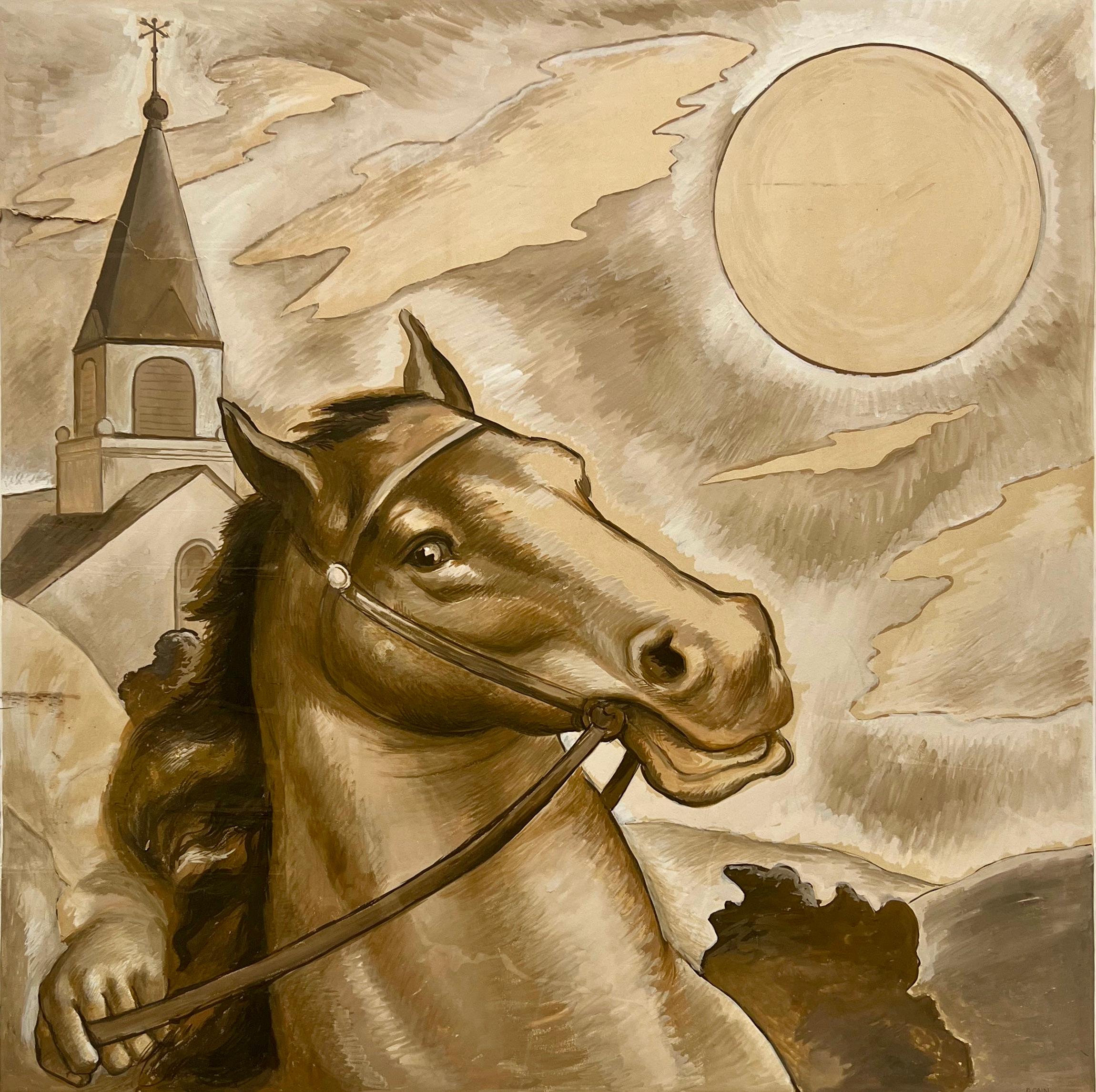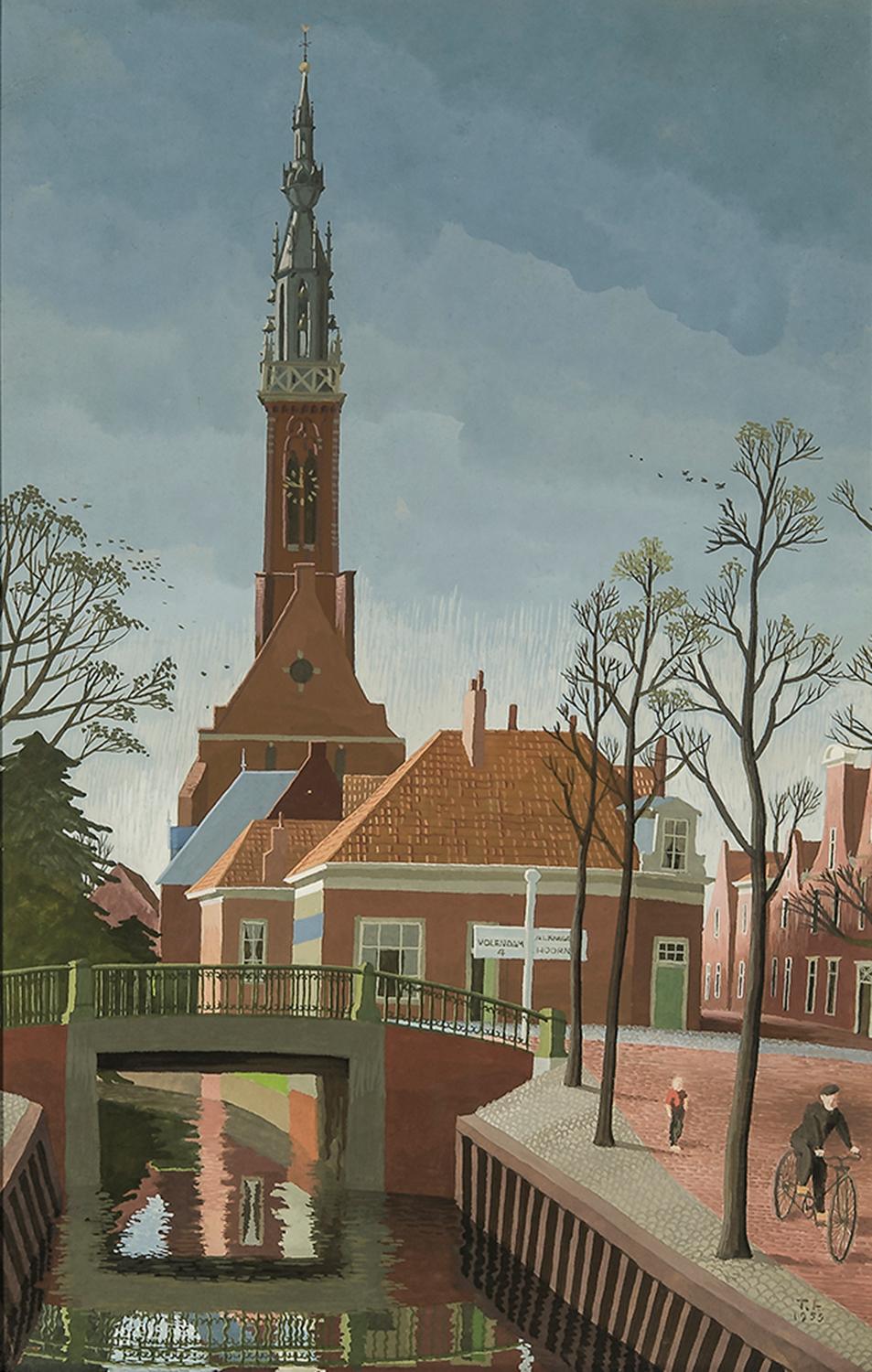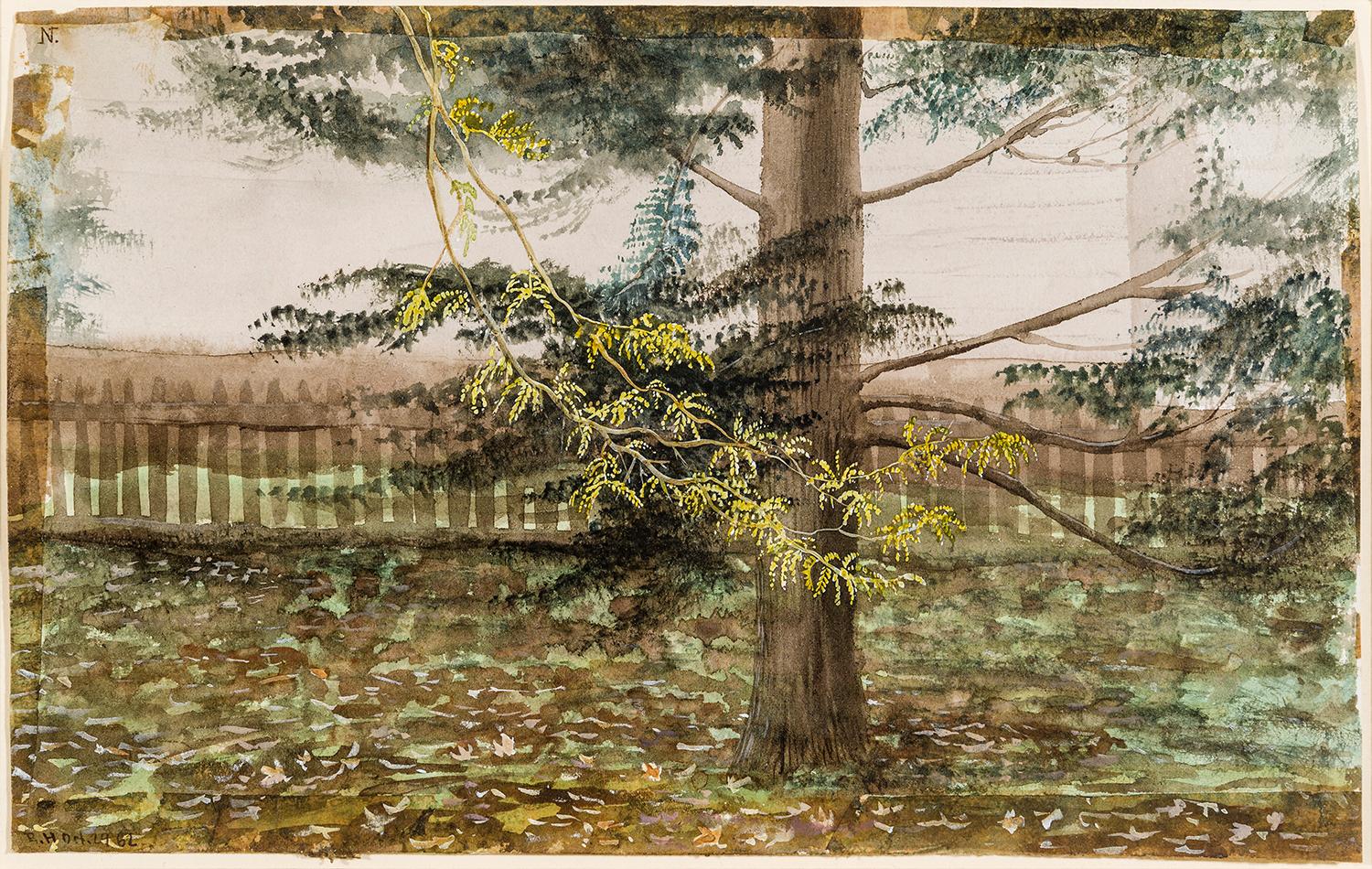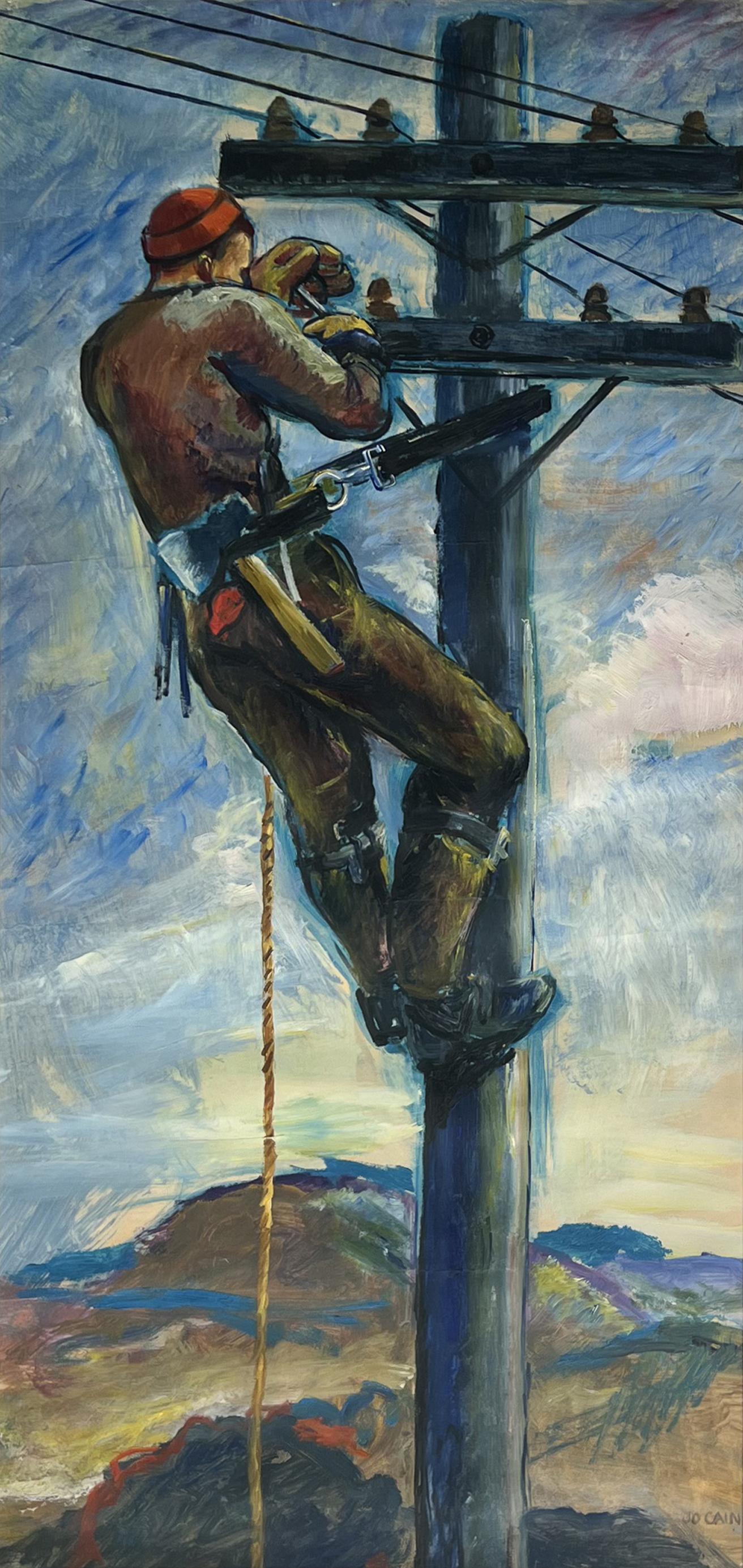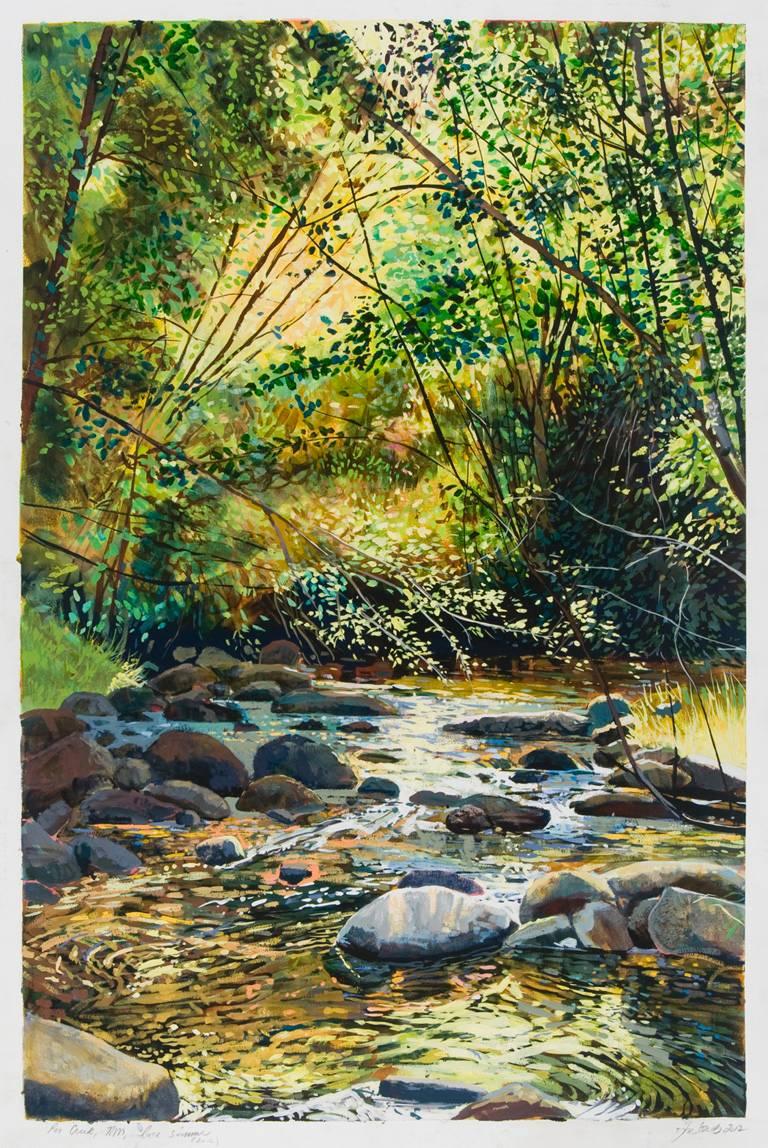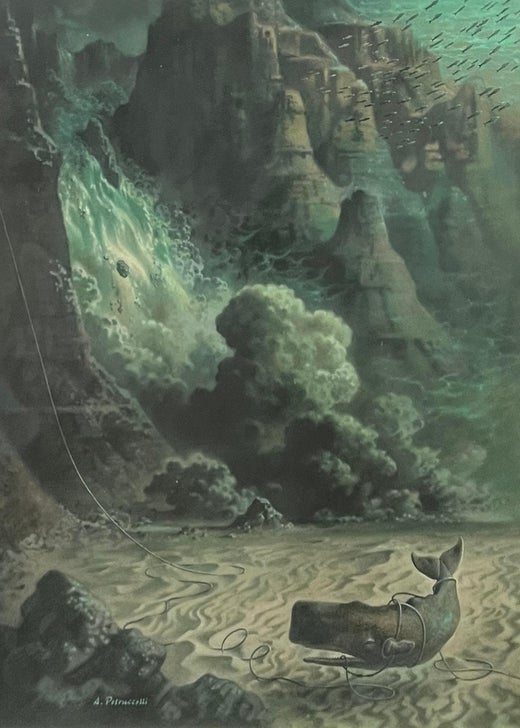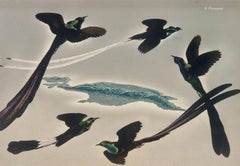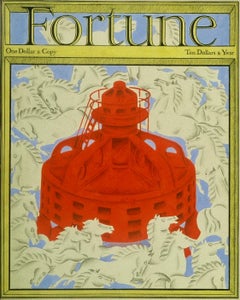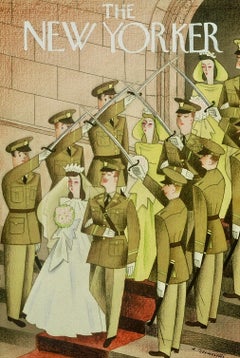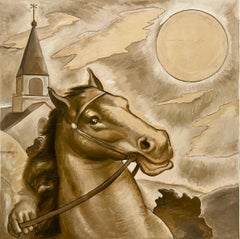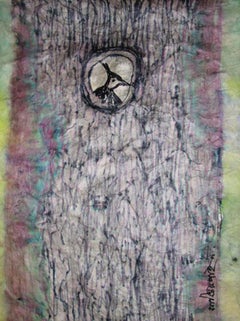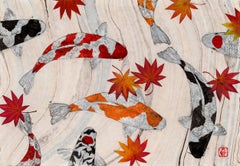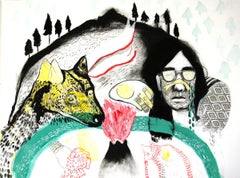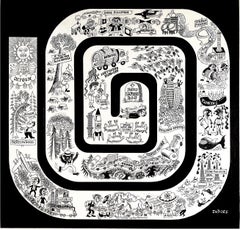
Jellyfish Life Magazine Illustration Published 1955 Realism Modern Mid Century
Antonio PetruccelliJellyfish Life Magazine Illustration Published 1955 Realism Modern Mid Century1955
1955
About the Item
- Creator:Antonio Petruccelli (1907 - 1994, American)
- Creation Year:1955
- Dimensions:Height: 19 in (48.26 cm)Width: 22 in (55.88 cm)
- Medium:
- Movement & Style:
- Period:
- Condition:
- Gallery Location:New York, NY
- Reference Number:1stDibs: LU1156211952022
Antonio Petruccelli
Antonio Petruccelli began his career as a textile designer. He became a freelance illustrator in 1932 after winning several House Beautiful cover illustration contests.
In addition to creating 24 covers for Fortune magazine, four New Yorker covers, several for House Beautiful, Collier’s, and other magazines, Petruccelli did numerous illustrations for Life magazine from the 1930s through the 1960s.
“Tony was ‘Mr. Versatility’ for Fortune. He could do anything, from charts and diagrams to maps, illustrations, covers, and caricatures,” said Francis Brennan, the former art director for Fortune.
Over the course of his career, Petrucelli won several important design awards. He designed a U.S. postage stamp commemorating the steel industry and designed the Bicentennial Medal for the Franklin Mint for the State of New Jersey.
Find original Antonio Petruccelli paintings and other art on 1stDibs.
(Biography provided by Helicline Fine Art)
More From This Seller
View All1950s American Realist Animal Paintings
Gouache, Board
1930s American Modern Animal Paintings
Gouache, Board
1930s American Realist Landscape Paintings
Gouache, Board
1930s American Realist Animal Drawings and Watercolors
Ink, Gouache, Board
1930s American Realist Figurative Drawings and Watercolors
Paper, Gouache
1930s American Realist Figurative Drawings and Watercolors
Paper, Gouache
You May Also Like
Early 2000s Modern Landscape Drawings and Watercolors
Watercolor, Rice Paper
21st Century and Contemporary Contemporary Animal Paintings
Watercolor, Sumi Ink, Mulberry Paper
2010s Contemporary Animal Paintings
Gesso, Ink, Watercolor, Graphite
1960s American Realist Landscape Drawings and Watercolors
Ink, Gouache, Illustration Board
20th Century American Realist Landscape Drawings and Watercolors
Paper, Gouache
Mid-19th Century American Realist Landscape Drawings and Watercolors
Watercolor, Gouache
Recently Viewed
View AllRead More
Ludwig Bemelmans Captures the Thrilling Sight of Coney Island at Night
The ‘Madeline’ creator and Carlyle Hotel legend was in a New York state of mind in the 1940s when he produced this exuberant and rare oil painting.
Mid-Century Americans Didn’t Know Antonio Petruccelli’s Name, but They Sure Knew His Art
The New York artist created covers for the nation’s most illustrious magazines. Now, the originals are on display as fine art.
